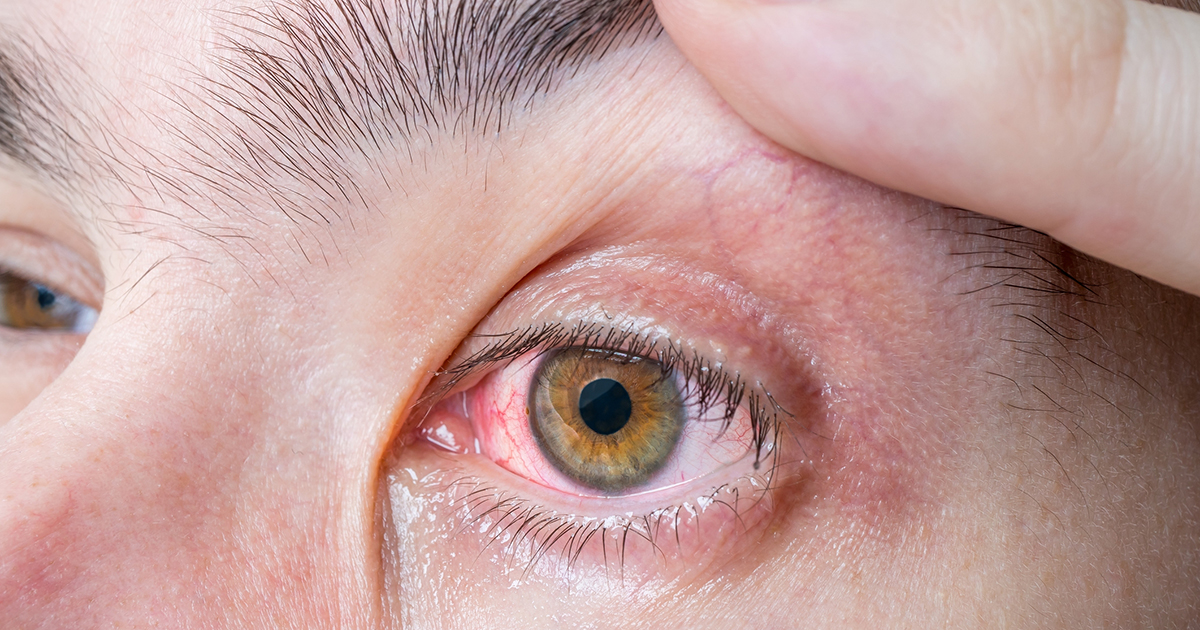Watch Out For These Early Warning Signs Of Glaucoma
High Intraocular Pressure

An individual may exhibit high intraocular pressure as a manifestation of their glaucoma. Intraocular pressure is a measurement that can indicate how much pressure is inside of the eye. Intraocular pressure is measured in millimeters of mercury (mmHg). A healthy intraocular pressure is in between ten and twenty-two mmHg, while high intraocular pressure is characterized by a measurement of over twenty-two mmHg. Elevated intraocular pressure is present in the majority of individuals affected by glaucoma, but it is not a symptom that appears in all affected individuals. This high pressure does not cause the patient to feel pain, but it will result in other symptoms when the optic nerve becomes damaged. High intraocular pressure may occur due to a mechanism that causes the eye to produce more aqueous humor than it should, or because of a dysfunction in the process of aqueous humor drainage from the eye. With an overproduction of aqueous humor, the net-like structure meant to drain the fluid is unable to keep up with the production of it. This malfunction causes it to accumulate, and pressure levels increase within the eye. When a mechanism is disabling the aqueous humor drainage system, the fluid backs up in the eye and raises intraocular pressure. Both situations commonly occur in individuals with glaucoma.
